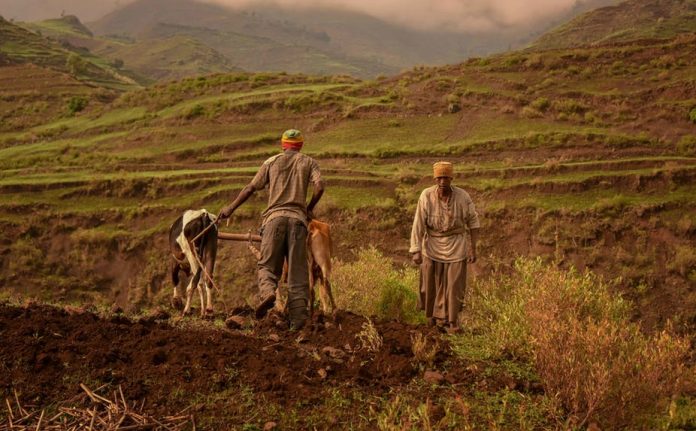By Ermias Betemariam
Healthy soils are vital to human survival. They play a pivotal role in feeding global populations – after all, food is grown in soil. Healthy soils grow more crops and allow for nutrients to be better absorbed by the crops. That’s why it’s important to understand exactly when there might be a problem with the soil of a particular area, and what’s causing it. Without a precise diagnosis, soil can’t be successfully treated.
Soil health is a matter of striking the right combination of chemical, physical and biological properties. Soil is made up of mineral particles including sand, silt and clay; organic matter – such as plant and animal residue – air and water. By looking at these we can determine how healthy, or unhealthy, soil is – for example whether it is able to retain water, store carbon and resist erosion.
In Ethiopia, poor soil health is making it difficult for farmers to grow staple food such as teff, wheat, maize, sorghum, and barley and eke out a living.
This declining soil health has been caused by unsustainable farming practices – such as the use of too much fertiliser or farming on slopes – overgrazing and erosion caused by deforestation, meaning tree roots aren’t holding soil in place. In addition, state ownership of all land in Ethiopia means that farmers are insecure about their tenure and less inclined to invest in the land’s health.
Fortunately, if soils are degraded or starved, they can be treated to restore their balance. But to treat soils, it’s important to first diagnose the soil’s health to ascertain what’s lacking.
To better understand what it would take to increase crop yields in Ethiopia, my colleagues and I set out to get to know the country’s soil. This is part of the Ethiopia Soil Information Service, established with support from World Agroforestry and the CGIAR Research Program on Water, Land and Ecosystems.




